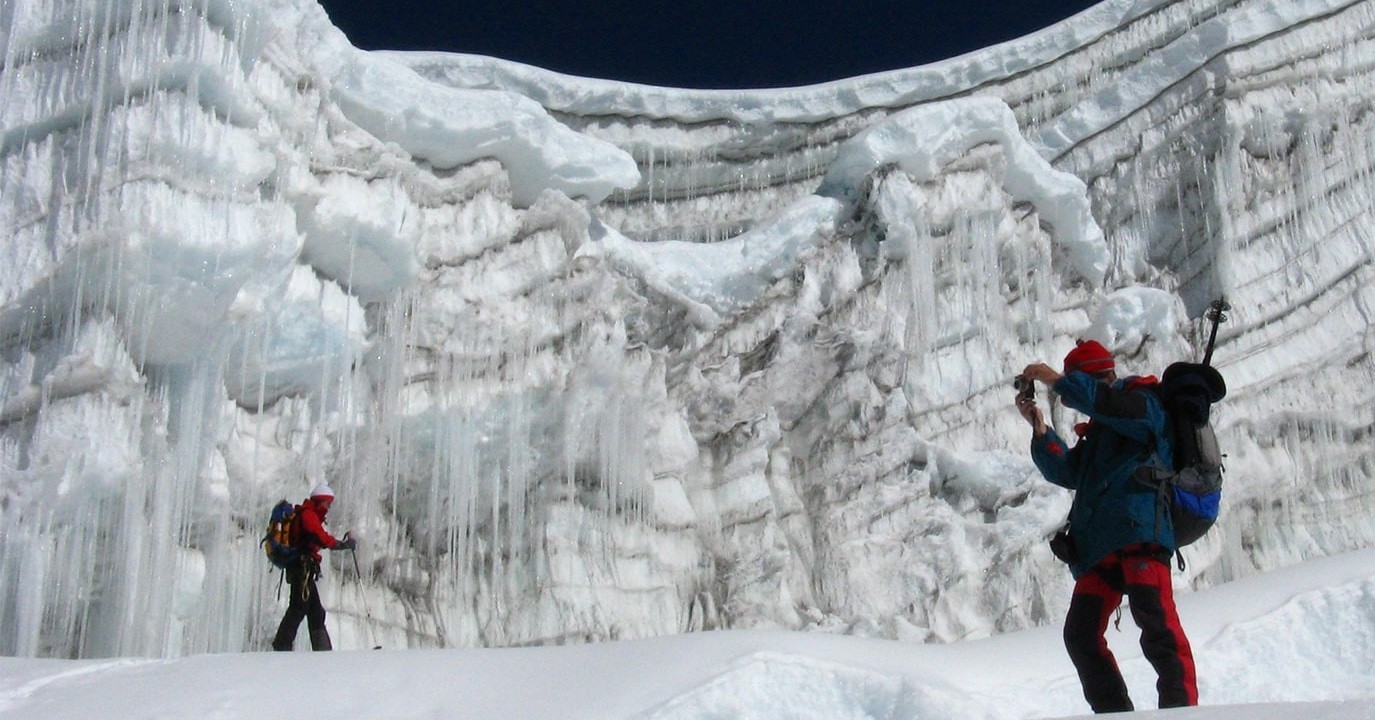Interesting things about Sherpani Col Pass | All you need to know about Sherpani Col Pass
Sherpani Col Pass, also known as Sherpani Pass, is a high mountain pass located in the Eastern region of Nepal, mainly Makalu Barun National Park. It is considered one of the most challenging and technical high passes in the region, offering a thrilling adventure for experienced trekkers and mountaineers. Here's everything you need to know about Sherpani Col Pass:
1. Location and Altitude:
Sherpani Col Pass is located in the remote and rugged Hinku Valley. It is situated at an altitude of approximately 6,145 meters (20,161 feet). The pass lies between the peaks of Baruntse (7,129 meters) and West Col (6,143 meters).
2. Trekking and Mountaineering Route:
Sherpani Col Pass is typically included as part of a longer trekking route that combines the Mera Peak climb and the Barun Valley exploration. The trek begins with a flight from Kathmandu to Lukla, followed by a trek to Mera Base Camp. From Mera Base Camp, trekkers climb Mera Peak (6,476 meters) before descending into the Hinku Valley. The route then continues towards the Barun Valley, passing through the beautiful Hongu Valley. Trekkers reach the base camp of Baruntse and proceed towards Sherpani Col Pass. After crossing the pass, the trail descends to the Hongu Valley and eventually rejoins the main Everest Base Camp route.
3. Difficulty and Mountaineering Skills:
Sherpani Col Pass is considered one of the most challenging high passes near the Khumbu Region. It requires technical mountaineering skills and experience in alpine environments. The pass involves steep ascents and descents, icy sections, and negotiating crevasses. Trekkers need to be proficient in using ropes, crampons, and ice axes. Due to the technical nature of the pass, it is recommended for experienced trekkers with mountaineering experience.
4. Scenery and Views:
The trek to Sherpani Col Pass offers stunning views of some of the world's highest mountains, including Mount Everest, Lhotse, Makalu, Cho Oyu, and Kanchenjunga. The trail takes you through diverse landscapes, including lush forests, high alpine meadows, glacial moraines, and icy terrains. Along the way, you'll witness breathtaking glaciers, pristine lakes, and remote Sherpa settlements. The beauty of the surrounding Himalayan wilderness is truly awe-inspiring.
5. Weather and Best Time to Visit:
The best time to attempt Sherpani Col Pass is during the pre-monsoon (spring) and post-monsoon (autumn) seasons. The months of April to May and September to November offer relatively stable weather conditions with clear skies, making it suitable for trekking and mountaineering activities. However, weather conditions can change rapidly in the mountains, and it's important to be prepared for cold temperatures, strong winds, and occasional snowfall at higher elevations.
6. Safety Considerations:
Sherpani Col Pass is a technically challenging and demanding route that requires proper preparation and safety measures. It is crucial to undertake this trek with a professional guide who is experienced in the region and has mountaineering expertise. Adequate acclimatization, physical fitness, and proper equipment, including warm clothing, sturdy trekking boots, and mountaineering gear, are essential for a safe and successful journey.
7. Permits:
To undertake the Sherpani Col Pass trek, trekkers need to obtain necessary permits. These include the Sagarmatha National Park entry permit and the Makalu Barun National Park entry permit. These permits can be obtained in Kathmandu or at the respective park entry points.




.jpg)



